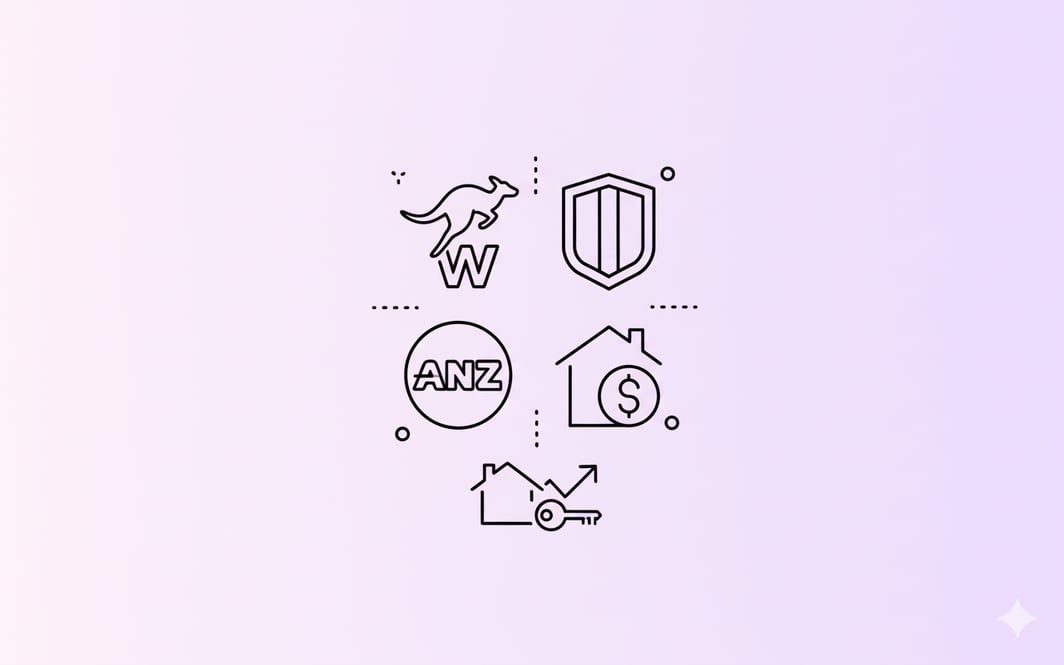How to buy your first home in Australia (2025)?
Deposit, Grants, LMI & Parental Help Explained. We’re Here to Help You Every Step of the Way.
Buying your first home doesn’t need to be overwhelming. Whether you’re just starting to save for a deposit or comparing loan options, Bheja.ai helps you get clarity, eligibility, and expert support in minutes.

No matching loans found
Try adjusting your filters to see more options.
* Comparison rate is calculated on a loan amount of $150,000 over 25 years. Rates and fees are subject to change. Terms and conditions apply.
+ Only key fees (application, discharge, ongoing) are displayed - other fees such as redraw, administration, and processing fees may also apply.
First Home Buyer's key decisions
Focused on overcoming entry barriers, FHBs prioritise saving a deposit and leveraging government support. Their decisions are shaped by affordability and navigating extra costs like LMI.
45%
Saving the Deposit
A primary hurdle, involving strategies like automating savings, debt reduction, and leveraging schemes like the First Home Super Saver Scheme for tax benefits.
30%
Utilising Govt. Schemes
Exploring eligibility for grants (FHOG) and guarantees (FHBG, RFHBG) that can significantly reduce required deposits and waive LMI.
15%
Navigating LMI
Understanding Lenders Mortgage Insurance and exploring ways to avoid it, such as saving a 20% deposit or using a guarantor.
10%
Budgeting All Costs
Accounting for not just the loan principal but also stamp duty, legal fees, and other transaction costs to avoid financial surprises.
Watch out! If you are self-employed, you need different kinds of loans.
Lenders often perceive self-employed income as less stable, requiring specific documentation and potentially different loan products. It's crucial to understand these unique requirements.
The Path to Ownership
The home loan process is a structured journey with six critical stages. Understanding this path demystifies the process, reduces anxiety, and empowers you to be prepared for every milestone. Follow the steps from initial thought to final ownership.
1. Pre-Application
The research phase. You assess financial goals, calculate borrowing power, and gather documents. Key Decision: "Am I financially ready to begin this journey?"
2. Pre-Approval
A game-changing step where you get conditional approval from a lender. Key Decision: "Which lender should I approach to get a realistic budget and strengthen my position as a buyer?"
3. Choosing Lender & Product
Now you compare the market. Key Decisions: "Fixed or variable rate? Which features like offset accounts are essential for my lifestyle? What are the true costs?"
4. Application & Approval
With a property chosen, you submit your formal application for unconditional approval. Key Decision: "Have I provided all documentation accurately to ensure a smooth and fast approval?"
5. Contract & Settlement
The legal finalisation of the purchase. Key Decisions: "Do I fully understand the loan contract? Have I engaged the right legal support for settlement?"
6. Post-Settlement
Your journey continues as a homeowner. Key Decision: "How can I manage my loan effectively, and when should I review it to ensure I still have the best deal?"
Daniel
Profile
Age: 32
Profession: Engineer
Salary: $95,000
Deposit: $35,000
Location: Brisbane
Challenge
Was keen to buy but didn’t want to wait another 1–2 years to save a 20% deposit.
Solution
Went ahead with a 10% deposit and paid Lenders Mortgage Insurance (~$8,500) to get into the market faster.
Plan : Plans to refinance and drop LMI once LVR drops below 80%.
Disclaimer:
The case studies provided above are examples only and based on common lending scenarios. They are intended for general information purposes and do not constitute financial advice. Individual circumstances, lender policies, and scheme eligibility may vary. Please consult a licensed mortgage broker or financial adviser before making any home loan decisions.
Complete step-by-step first home buying process
Phase 1: Research & Preparation (Months 1-3)
Month 1: Financial Assessment
Week 1-2: Income & Expense Analysis
Week 3-4: Government Scheme Research
Month 2: Savings Optimisation
Month 3: Market Research
Phase 2: Pre-Approval & Property Search (Months 4-6)
Month 4: Lender Comparison
Required Documents Checklist:
Month 5: Pre-Approval Process
Month 6: Serious Property Search
Phase 3: Purchase & Settlement (Months 7-8)
Property Purchase Process:
Final Loan Approval:
Settlement Preparation:
Common First Home Buyer Mistakes ( How to avoid them?)
Mistake #1: Not Using Government Schemes
The Problem: 40% of eligible first home buyers don't apply for government assistance
The Cost: Missing out on $10,000-$50,000 in benefits
The Solution: Research every scheme you're eligible for before starting your search
Mistake #2: Focusing Only on Interest Rates
The Problem: Choosing loans based solely on advertised rates
The Cost: Missing features that could save thousands long-term
The Solution: Compare total cost over loan lifetime, including fees and features
Mistake #3: Not Getting Pre-Approval
The Problem: House hunting without knowing your true budget
The Cost: Wasted time, missed opportunities, weak negotiating position
The Solution: Get pre-approval before serious property searching
Mistake #4: Ignoring Additional Costs
The Problem: Only budgeting for deposit and missing other upfront costs
The Cost: $15,000-$40,000 in unexpected expenses
The Solution: Budget for stamp duty, legal fees, inspections, and moving costs
Mistake #5: Emotional Decision Making
The Problem: Falling in love with properties beyond realistic budget
The Cost: Overextending financially, stress, potential default
The Solution: Set clear criteria and stick to budget limits
Mistake #6: Poor Timing
The Problem: Not considering market cycles and personal readiness
The Cost: Buying at market peaks or before financially ready
The Solution: Understand market trends and ensure 6+ months financial stability
Learn. Compare. Decide.
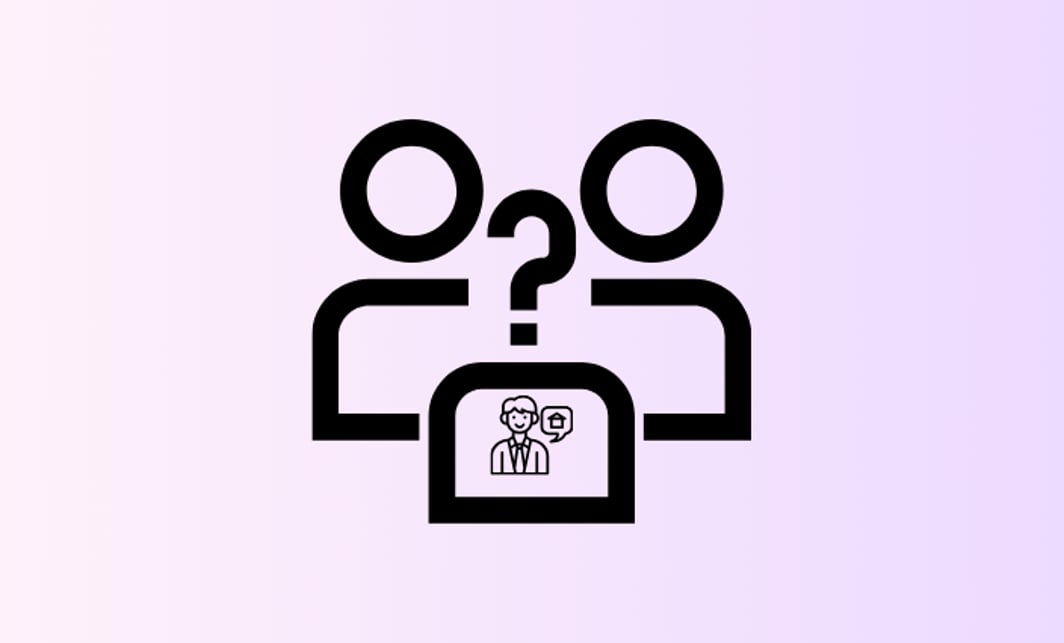
Buying Property with Friends or Family in Australia
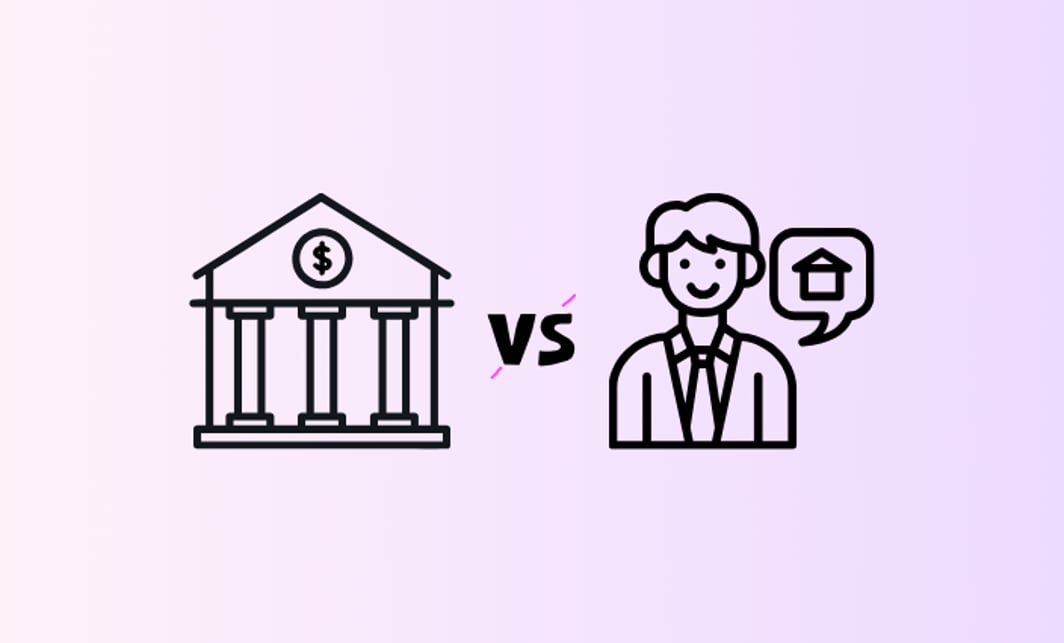
Mortgage Broker vs Bank
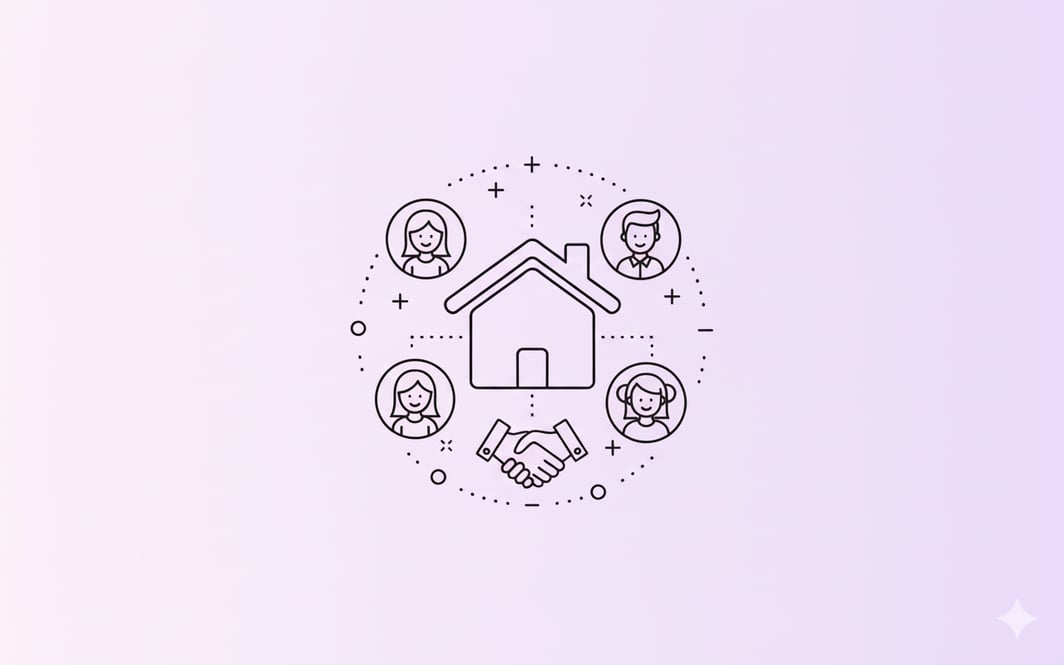
Family Guarantee Home Loan Explained Simply - Your Guide to Getting Started
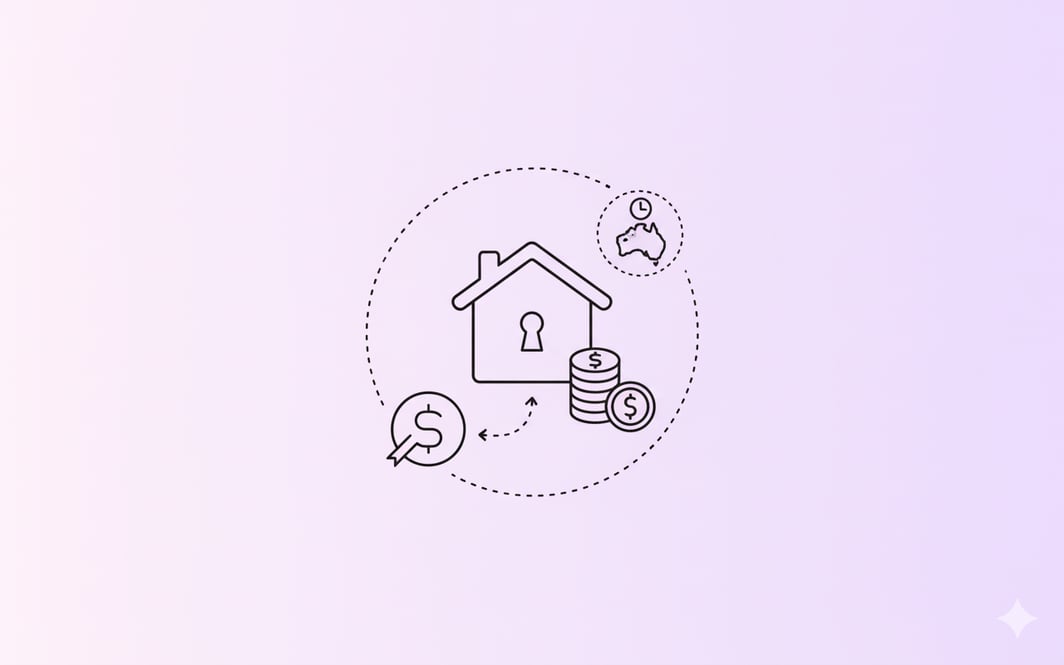
Can I Use Super for First Home Buyer Deposit? - A friendly guide to saving smartly
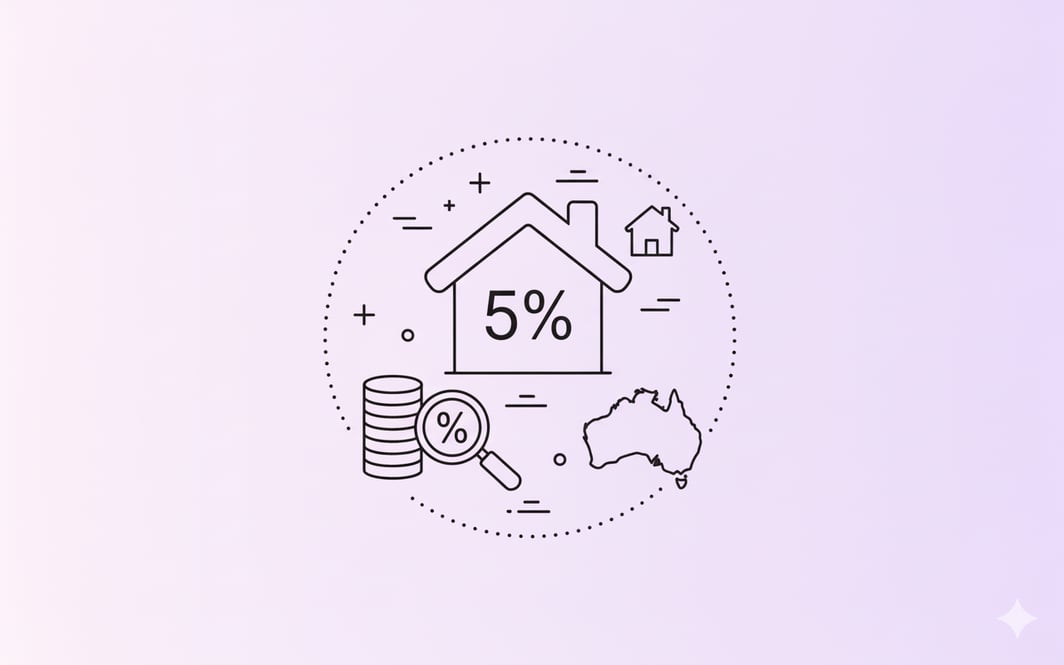
How to buy a house with a 5% deposit in Australia: your easy guide
